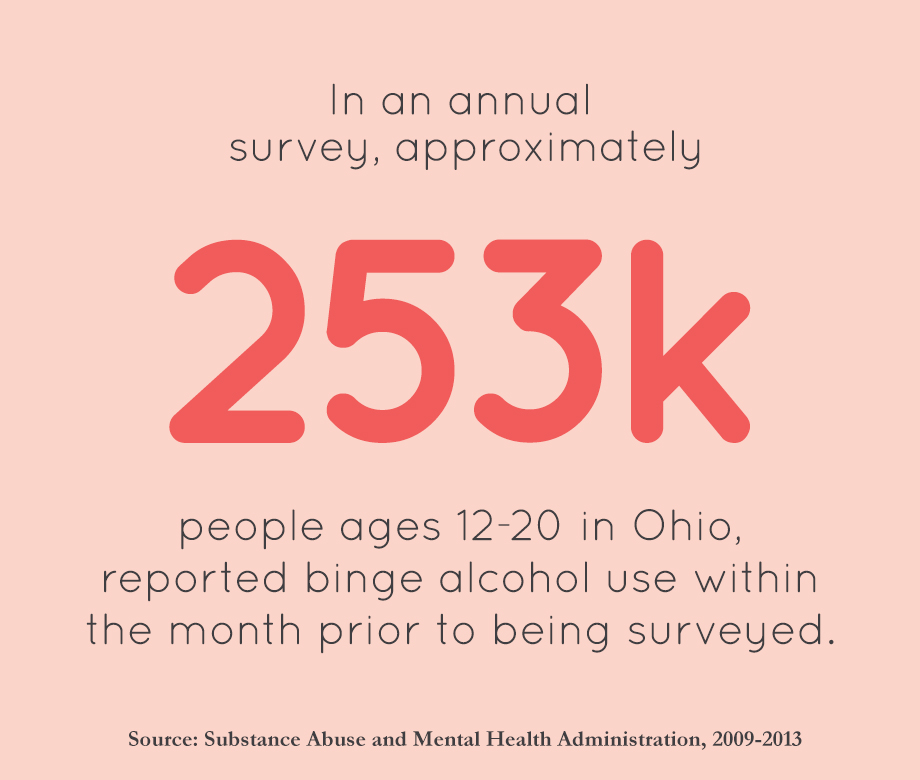On a summer evening, Hannah Morris and her boyfriend walked in her neighborhood where high weeds and trees shielded them from the few houses nearby. Earlier, her boyfriend had asked her a provocative question.
“Let’s say I had heroin in my pocket, would you try it?’’
Though Hannah had, by then, drank to the point of blacking out, smoked pot and snorted crushed up Percocet and cocaine, heroin seemed like a hard core drug, a precarious turn. And then there were the needles. The thought of inserting one repulsed her.
“Oh no,’’ she said. “I would never do that.’’
He promised no needles. They would smoke it, he said. “You’d feel really good.’’
In the summer of 2011, following her freshman year at Worthington Kilbourne High School, Hannah and her boyfriend sat with their backs against a tree trunk as he lit a nugget of heroin. He took the first whiffs of smoke. Then Hannah, seeing that he seemed okay, only more relaxed, leaned the straw over the smoke and sucked in. As she watched the sun set and felt the first cool breezes of a hot day, she thought: There’s no way anyone feels as good as I feel right now.
Hannah was, in many ways, the newest face of the heroin epidemic, a young woman from an upper middle class suburb. Now 20, she is a little over a year sober. She reflects on how good every drug experience felt and how desperate they left her, how she once scaled the fence of a locked college stadium, jumping over garbage cans, just to reach the bathrooms and snatch the white nugget of heroin she had accidentally dropped on the floor of the handicapped stall.

After a close friend died of a heroin overdose, Hannah tried to chase away her misery binging on heroin and other drugs for a string of months, sometimes shooting up 10 times a day.
So desperate she no longer wanted to live, Hannah agreed to go to long-term treatment in October 2014. She was high when she tossed her syringes out at the Columbus airport and boarded a flight for California, landing in the Los Angeles area, where she began a program that would last eight months. After returning to Columbus, she continued treatment through a Nationwide Children’s Hospital’s Medication Assisted Treatment for Addiction program for opiate abusers. As part of her treatment, Hannah is on Suboxone, a drug to stave off withdrawal symptoms and cut cravings for heroin or other drugs. After a year on the Suboxone, she has begun slowly been tapering off of it.
Since entering treatment, Hannah feels a sharp divide between her life before and after her sobriety began on Oct. 19, 2014. No longer is she pale and gaunt, having to wear long sleeves to hide her arms. No longer is she regularly battling with family members and friends. Now, she works full time as a waitress and goes to college part time.
Occasionally Hannah has moments when her first thought in a tense or painful situation is to turn to drugs. But that thought is far less frequent now, and she has been able to squelch it with a firm “no,’’ then talk to someone, shoving the option of getting high out of her mind.
Are you or someone you know in need of help?
View Community Resources